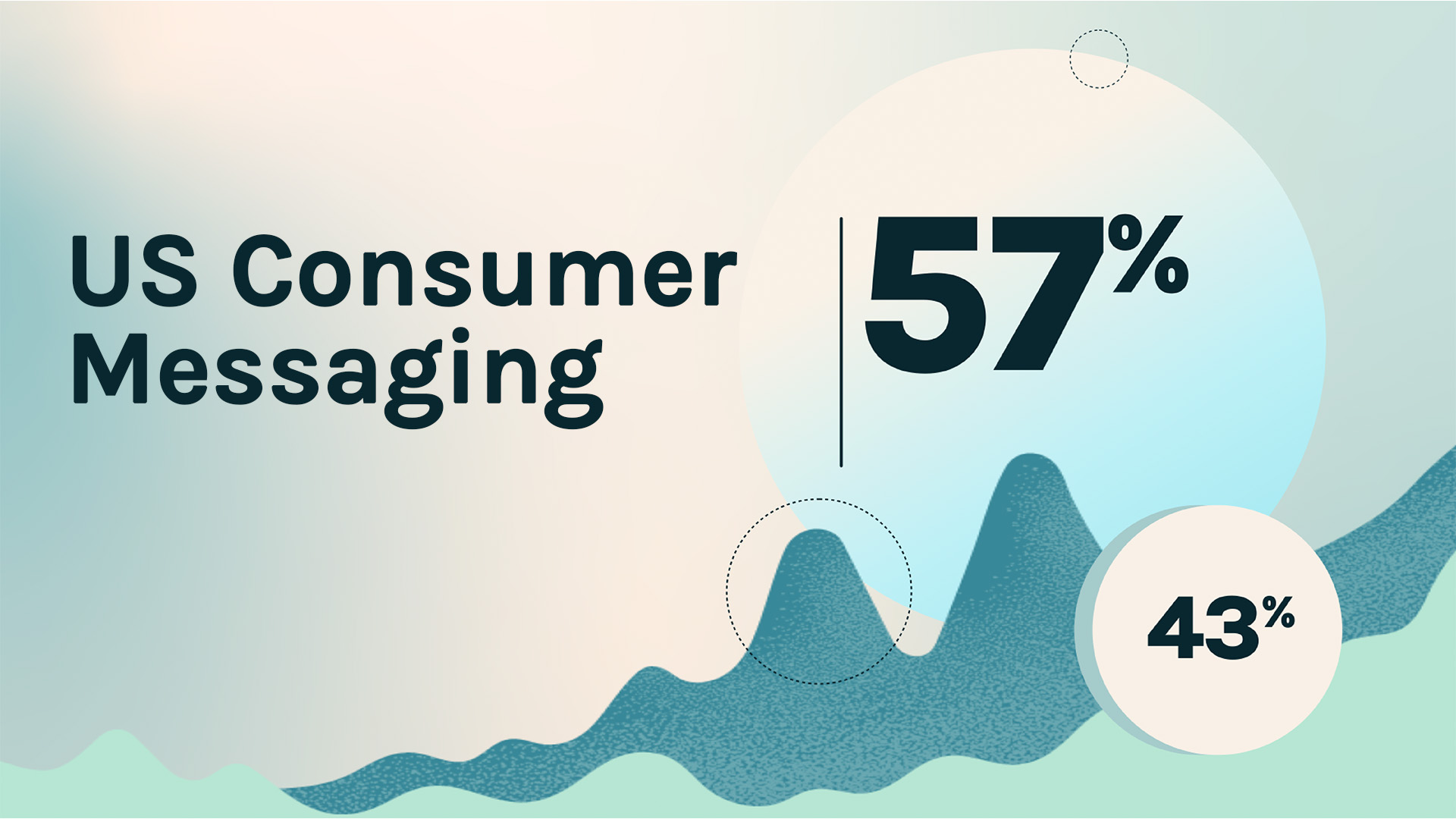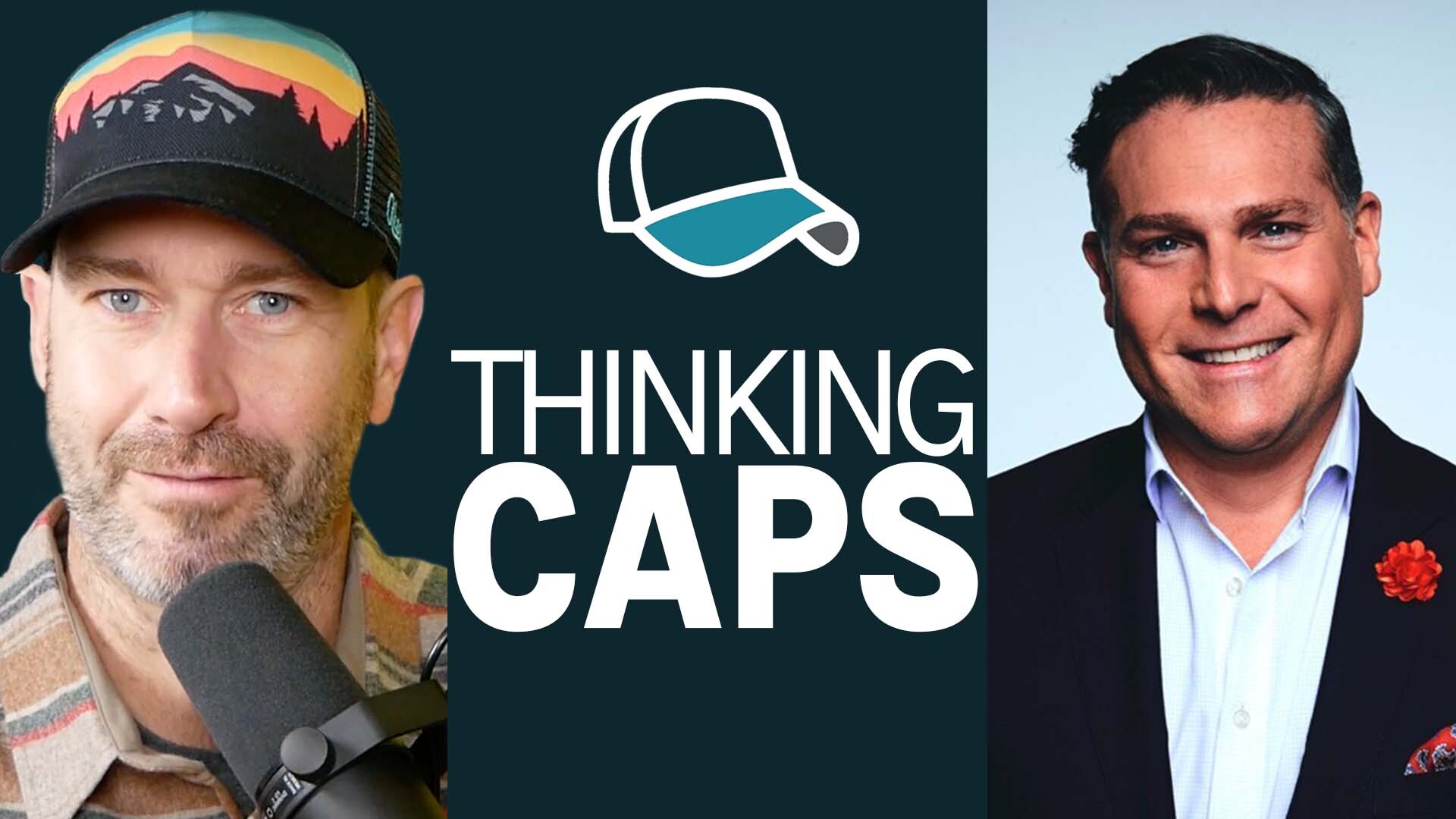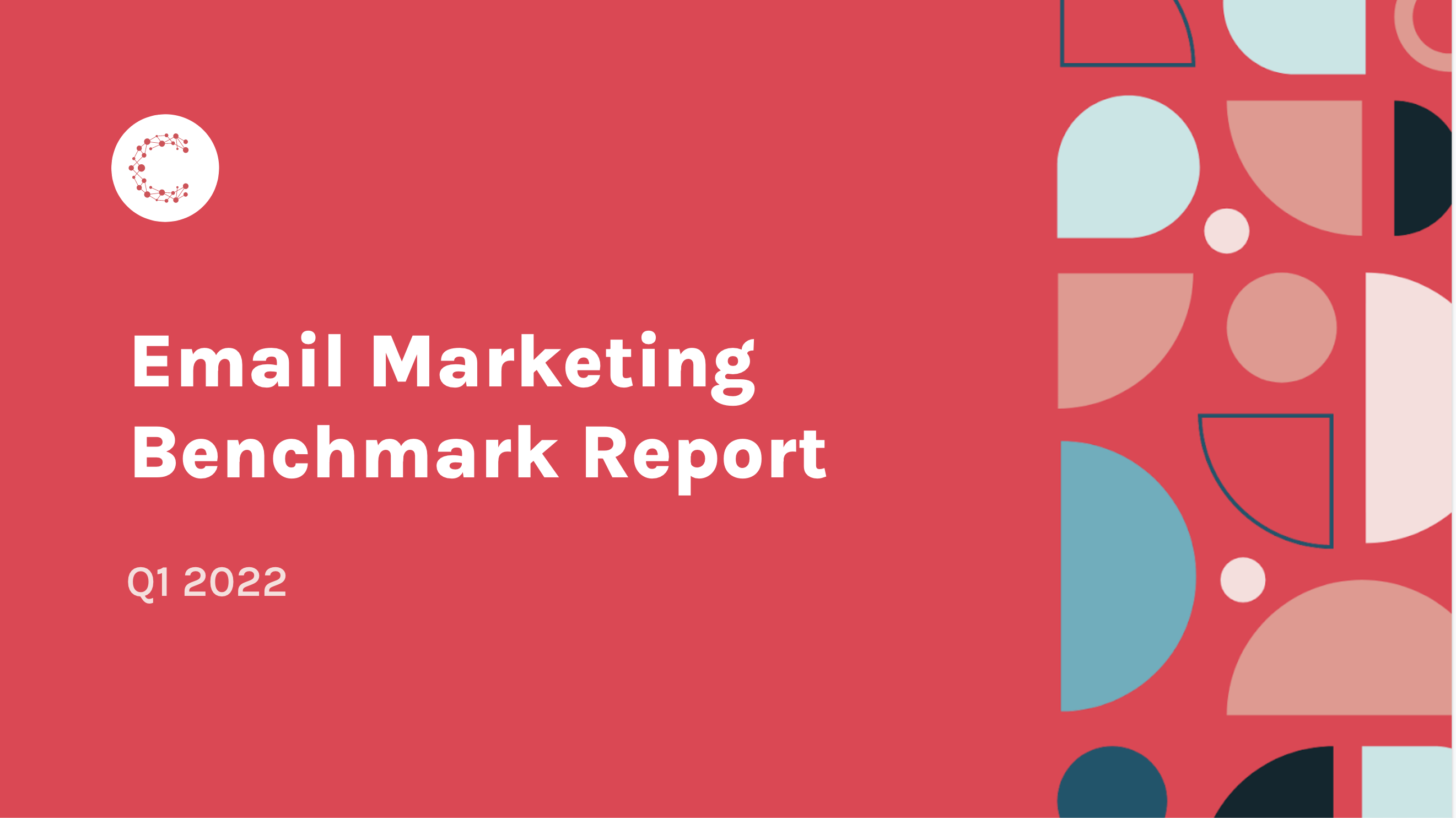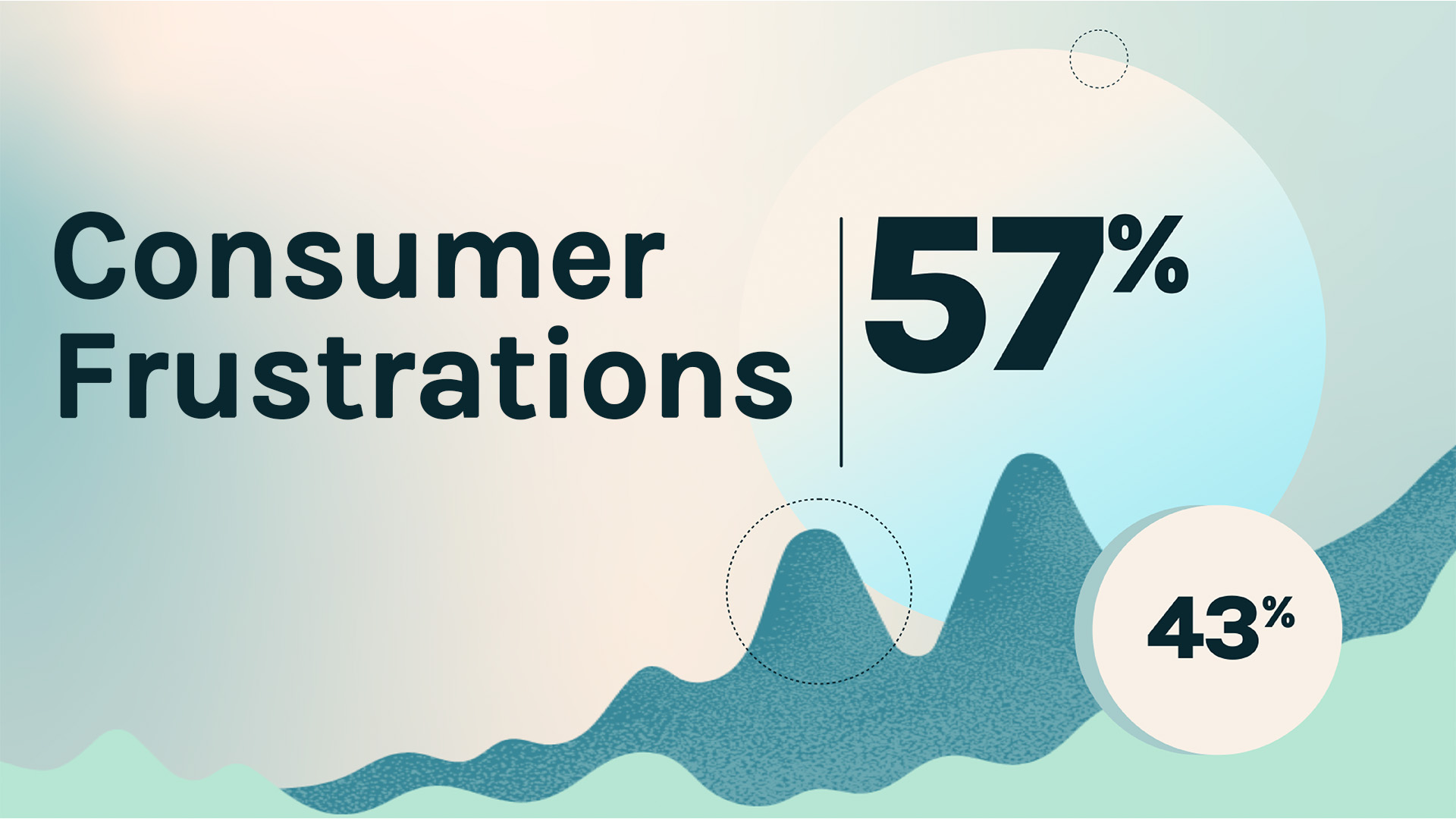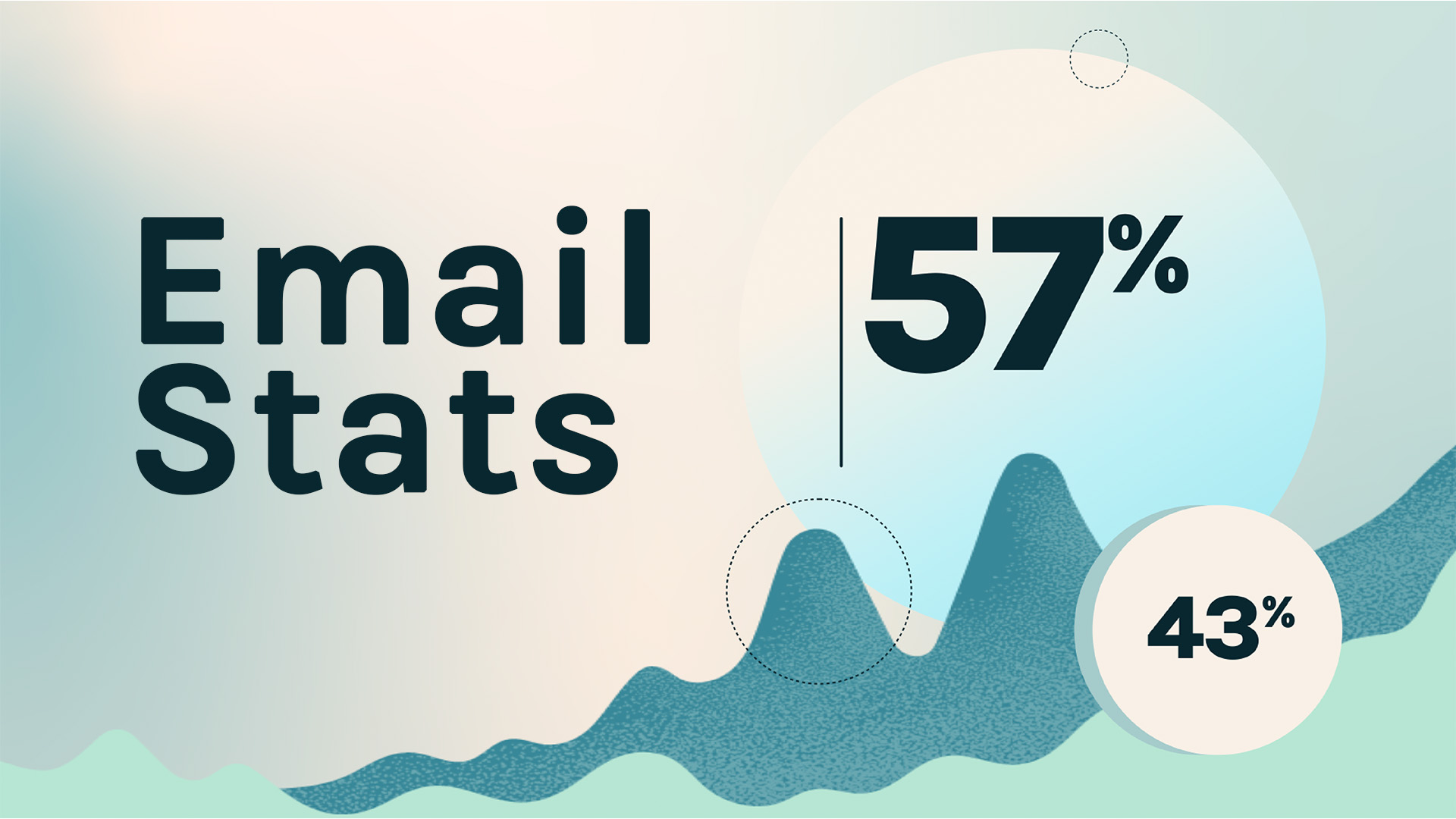Top US Consumer Messaging Trends Broken Down By Age
- 0.5
- 1
- 1.25
- 1.5
- 1.75
- 2
Speaker 1: Marketers know the owned channels of communication are incredibly effective, a great bang for your buck, but can also be completely personalized. But do you know what consumers expect when it comes to email, SMS, MMS, website personalization, or even messaging inside your own app? Do you know which channels Gen Z prefers to be communicated in, rather than the boomer generation? Or how would they use their mobile device to make decisions including both online and inside your physical store? Well the 2022 Consumer Trends Index has all the stats revealed by 5, 000 consumer respondents across the globe. In this short video, I'm going to break down the biggest trends marketers need to know when engaging U. S. audiences, and I'll share how the generations differ on their answers, from Gen Z, millennial, Gen Xers, all the way to boomers. Let's dig in. Let's define messaging. When I use that term, I'm talking about email, SMS, MMS, as well as dynamic messages on your website, messaging inside your app or other digital properties that you own and control. Let's start with a quick stat regarding the email channel and which generation has actually purchased something from an email in the last 12 months. Now it's worth noting that across the entire global Consumer Trends Index responses, email was the number one channel for driving revenue, compared to SMS, organic social, paid social and even banner ads. But Gen Z saw 43% of their audience making a purchase from email. Millennials? 56%, Gen X, my audience, 57, and boomers at 63. So as far as those Gen Z audiences, social media post was the number one channel with 61% claiming they've made a purchase there. But one thing to consider here. 43% of Gen Z is a good chunk. That means email is absolutely still relevant with them. Juxtapose that against your incredibly limited organic reach from social media posts these days, and email is a must have. Mainly because you can get up to 99% deliverability, there's no algorithm between you and your recipient. Email is also incredibly easy to personalize. In fact, we see clients gaining 50%+ open rates with Gen Z and millennials when the subject line is personalized to their wants and needs. And engagement inside those emails is incredibly impactful on revenue when the content is also personalized. Now organic social media posts are a one size fits all message, and maybe you're reaching 5% of the audience that's actually clicked on the decision to follow you. So it's just some food for thought there when you consider where are you going to put your energies for recurring revenue and guaranteed reach. Probably best to have both in your strategy, but email is a must have in the toolbox for sure. On the flip side, we asked people if they had made a purchase via SMS or MMS messaging they've received from a brand in the last 12 months. Many marketers believe Gen Zs are attached at the hip with their phone, and they are, I've got two at home, and they're also attached to their messaging services. However, check out these stats. Only 18% of Gen Z have made a purchase because of an SMS or MMS message they've received from a brand. That's followed by 32% of millennials, 32% of Gen Xers, and 17% of boomers. So the mobile device is absolutely critical when inside a store or researching to make a purchase decision. We asked them if they had used their mobile device to research a product or service while in a physical store to make a purchase, and here's what we got. 58% of Gen Z said yes, they do this. 60% of millennials, 59% of Gen Xers, and it drops to 45% for boomers but still a significant number. All right, so let's move on to how consumers feel brands relate with them across the messaging channels. We asked, " When thinking how your favorite brands communicate with you across channels, such as email, SMS, websites, apps, or in- store, which best describes the relationship?" When offered the answer of, " They treat me like a VIP," only 22% of Gen Z agreed, 31% of millennials, 30% of Gen X, and only 10% of boomers felt that way. Now this is concerning because another stat revealed 110% increase year over year in the Consumer Trends Index of people wanting to be treated as an individual. So that was the biggest jump year over year. Clearly, brands are not personalizing or even asking for the information to personalize at a one- to- one level. Brands today, they do have access to the technology that gives them the ability to treat every single consumer, not just your best customers, but every consumer as a VIP. We saw this earlier last year in a whitepaper we did with Ad Age that revealed less than 10% of brand marketers actually had the technology in place to deliver personalized experiences. Yet the same audience, 90 +% of those same respondents agreed that personalization was critical to success and revenue in 2022. So right now is definitely the time to get that technology and strategy in place to enhance your relationship marketing efforts with personalization. Okay, here's another stat from the Consumer Trends Index that shows exactly where consumer frustrations lie when it comes to messaging. By far, the biggest issue is that brands are sending too many irrelevant offers or mismatched content in their messages. In fact, this was the biggest frustration from the Gen Z audience, with 39% complaining about it. It gets even worse as you go up the age groups. 48% of millennials say that they're getting irrelevant content and offers from brands, 56% of Gen Xers, and an astounding 71% of boomers are put off by this tactic. I cannot say enough about the need for brands to understand their audiences and the best way to do it is to gather zero- party data directly from your consumer audiences and activate it inside your data platforms. It's not rocket science, it's actually not very hard, but it's being widely ignored by brands as these stats are showing. So anyway, if you download the full report, the Consumer Trends Index report at consumertrendsindex. com, not only will you get 90 + pages of raw data and expert analysis on these trends, but you're also going to get access to great resources, like The Zero- Party Data Playbook and many webinars with examples from brands like American Airlines, North Face, Vans, et cetera, and how they're implementing personalization strategies across all channels, including starting at the first touchpoint. All right, I'm going to end this video with one last stat that will get you thinking about your loyalty strategy. It's been said time and time again that it's easier to get revenue from an existing customer than it is to acquire a new one. I'm not going to debate that here, but almost all of the trends in our report drive this point home, in the fact that loyalty programs do indeed drive significant revenue. Whether you believe that or not, consumers want more loyalty programs, and here you go. We asked them, " How likely are you to participate in a loyalty program this year versus last year?" Here were some answers. 52% of Gen Zs said, " Yes, I am more likely to participate in a loyalty program this year." 64% of millennials said yes, 61% Gen X, and only 31% of boomers, not sure what's happening there with the boomers. But anyway, you got to ask yourself, " Will my competitors build a better loyalty and retention program than me, and is that going to bolster their relationship marketing strategy and is it going to surpass me and my brand?" There are tons of loyalty program resources at consumertrendsindex. com, including incredibly insightful interviews with, I'll say it, loyalty royalty. People such as Mike Rabiro, one of the most respected loyalty architects over the last three decades. So I encourage you to browse that site after you download the full report and consider reviewing your current loyalty strategy. Just make sure it's up to date. Is it in line with what consumers expect, want and need? Well, that's all for today. I thank you for watching. I hope our hard work publishing the third year of the Consumer Trends Index report helps you refine your relationship marketing efforts. I hope you browse and find more resources. I hope you well, and I will see you on the next one.
DESCRIPTION
Marketers know that audience behavior varies generation to generation. When it comes to brand messaging in brand experience, how far off are Gen X from Boomers? That's what the 2022 consumer trends index reveals. In this short video we share a few critical differences on how email, SMS and even loyalty programs differ across age groups.
Today's Host

Tim Glomb
Today's Guests


